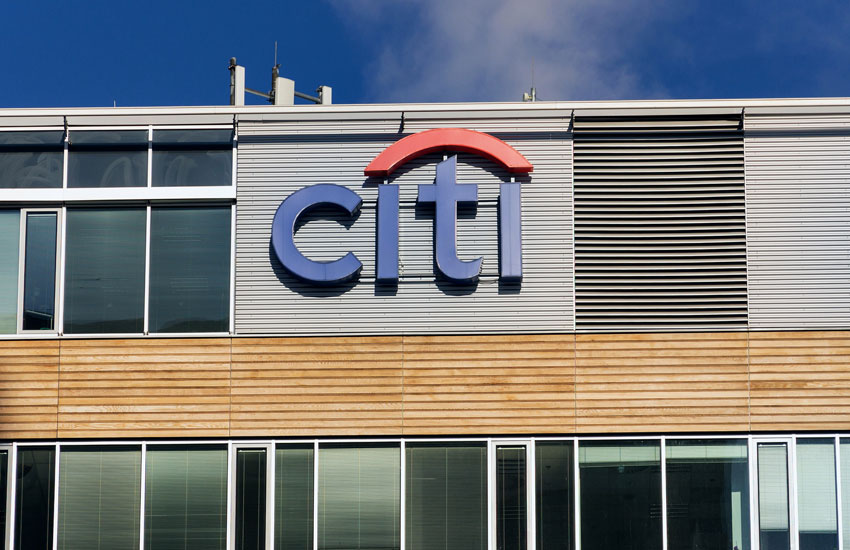Last week, Citi and Swift announced that they had completed a technical trial to enable the exchange of digital currency for fiat currency using adaptations of Swift’s messaging system. Beyond the technology behind this pay-for-payment (PvP) trial, the announcement signals strategic positioning on both sides. Swift is launching its own ledger and wants to play a central role in the orchestration between existing systems and different types of blockchain. What’s notable from Citi’s side is that the comments came not from its digital assets team, but from Aesa Latif, head of FX products – an allusion to the fact that digital currency infrastructure is becoming the core of the FX business rather than a separate innovation avenue.
The proliferation of digital currencies creates fragmentation problems. It’s not just about compatibility between blockchains or tokenized deposit offerings. The real issue is enabling banks to make cross-border digital payments at scale, whether recipients use blockchain-based infrastructure or existing infrastructure.
Citi offers its tokenized deposit offering, Citi Token Services. The bank has already brought its 24/7 USD clearing service in-house. This means its customers can transfer money beyond Citi accounts to partner banks involved in the USD clearing service 24/7. The problem is that these partner banks must also have integrated Citi Token Services. Citi has also begun to rely on stablecoins, joining the consortium of ten systemically important banks for G7 currency stablecoin payments.
The article continues…

Want the full story? Pro subscribers benefit from in-depth articles, exclusive industry analysis, and early access to legislative updates that help you stay ahead of the competition. Join professionals who choose deeper insights over superficial information.




